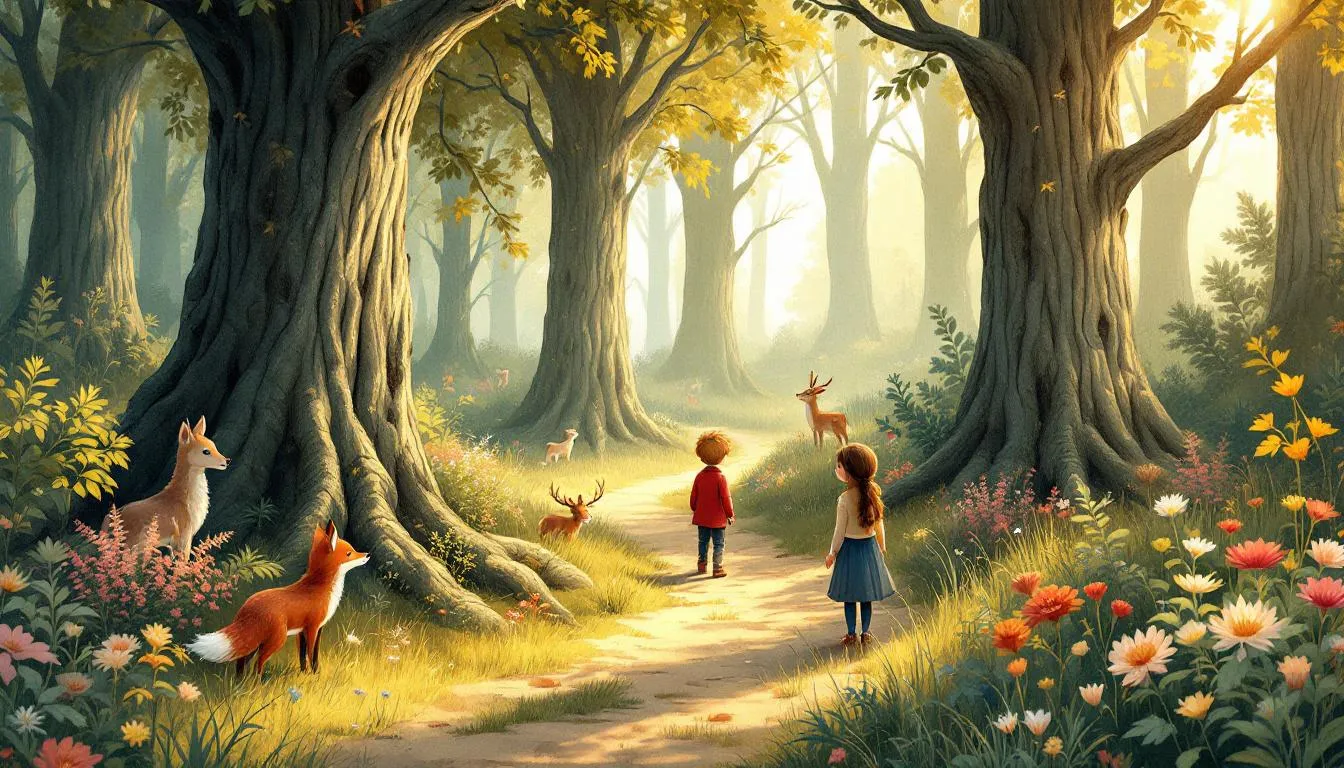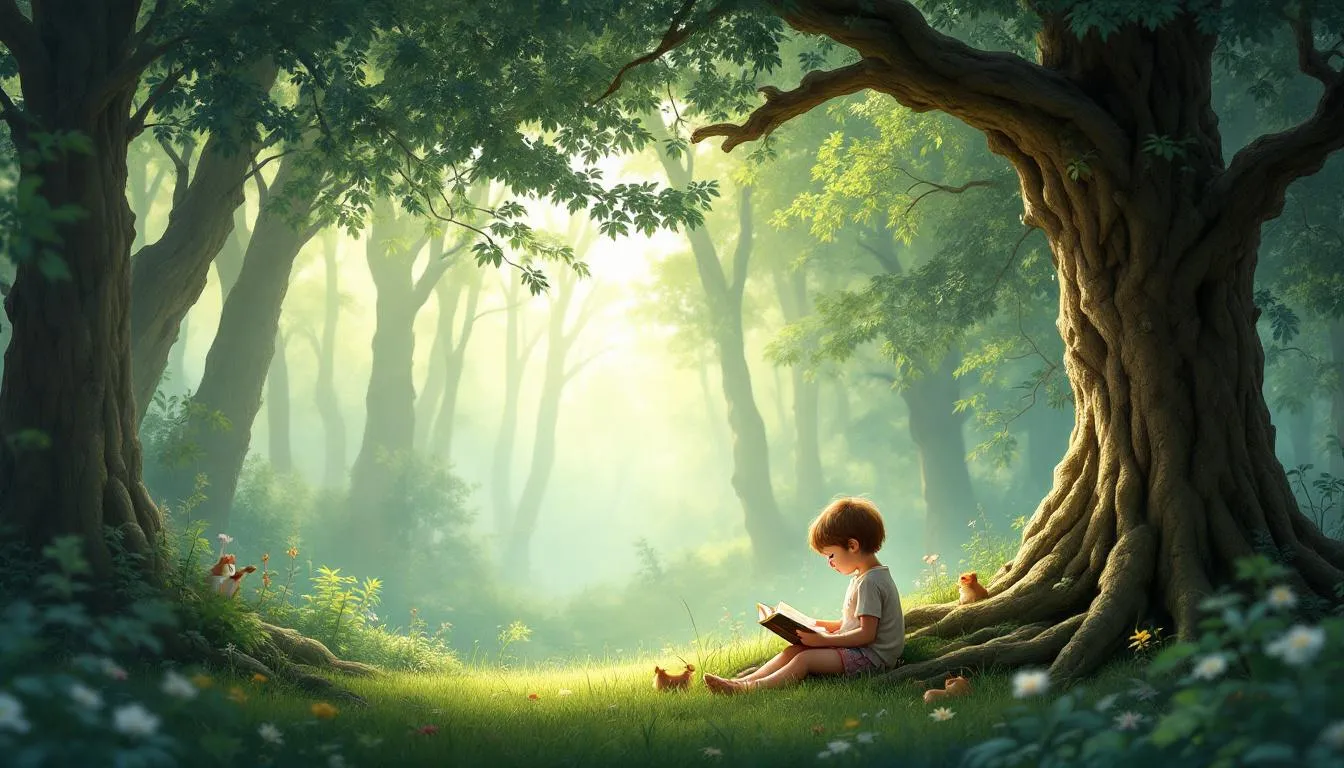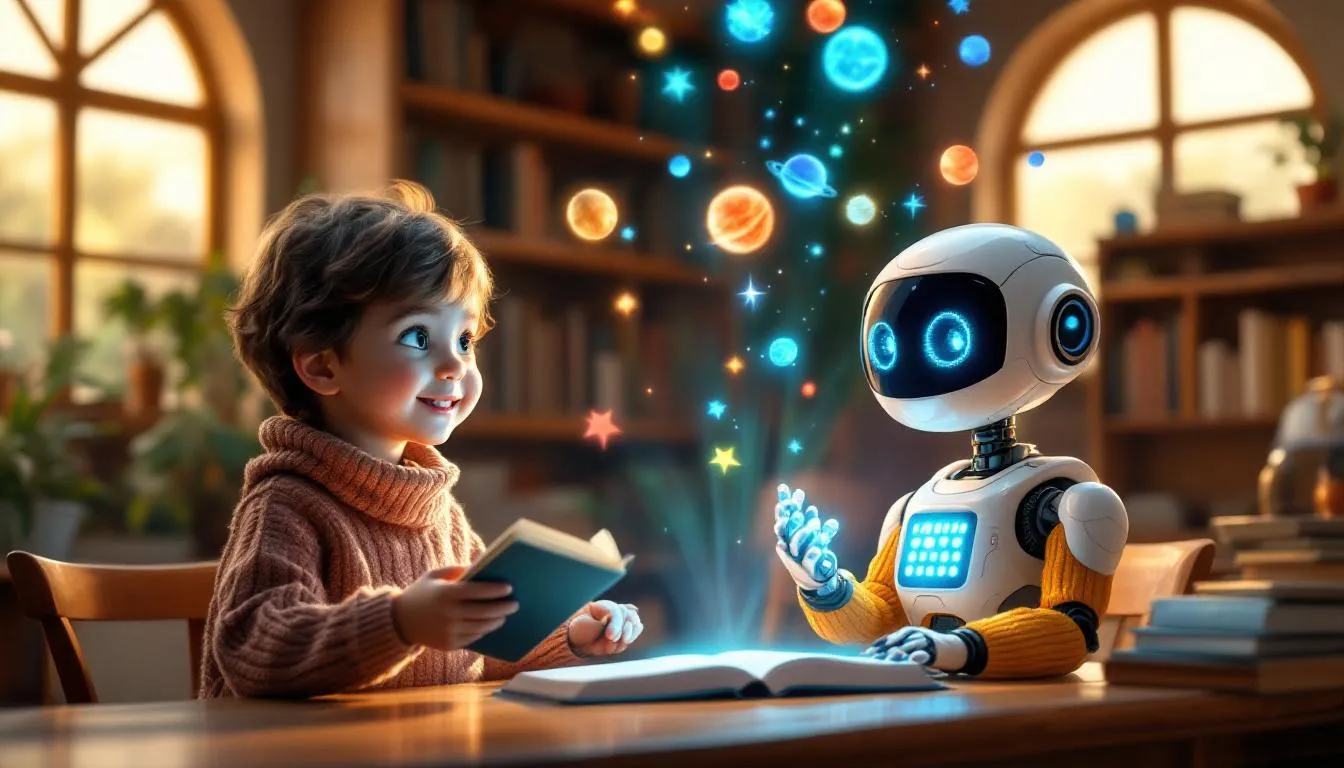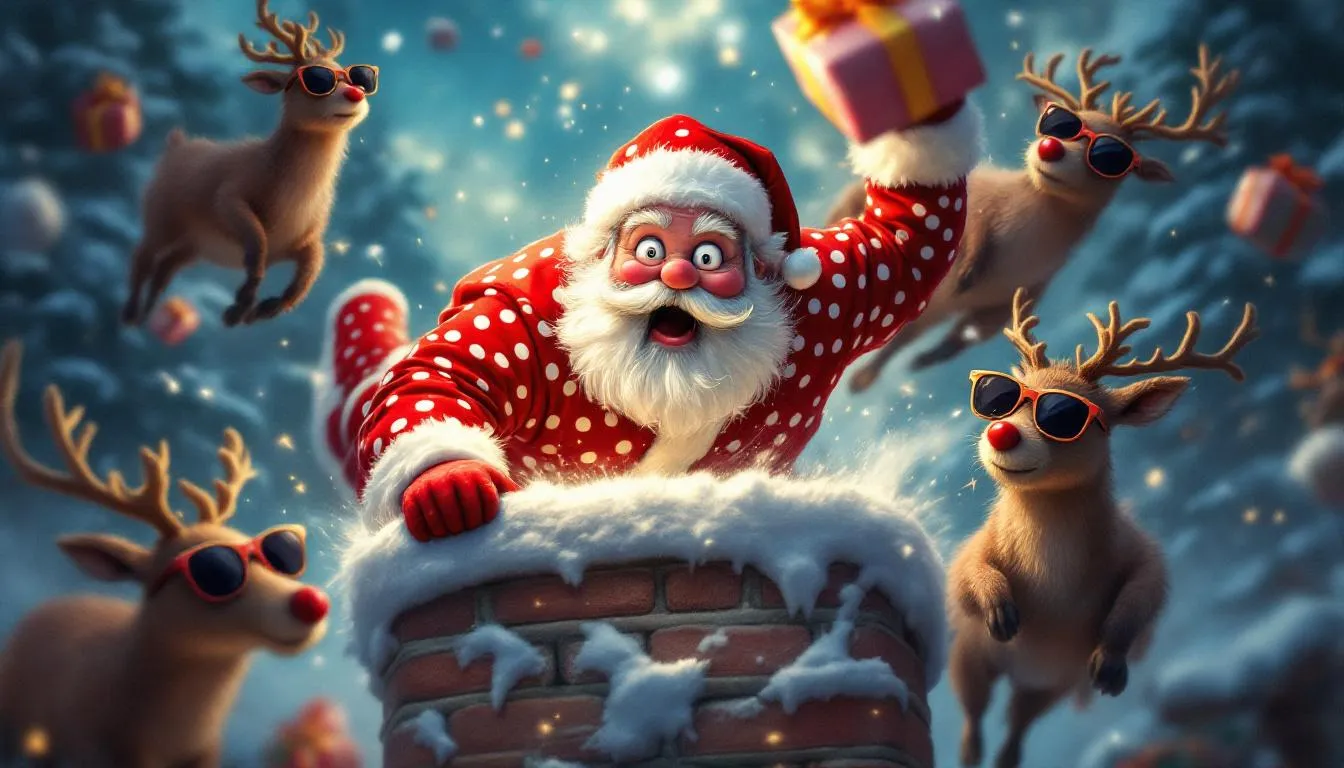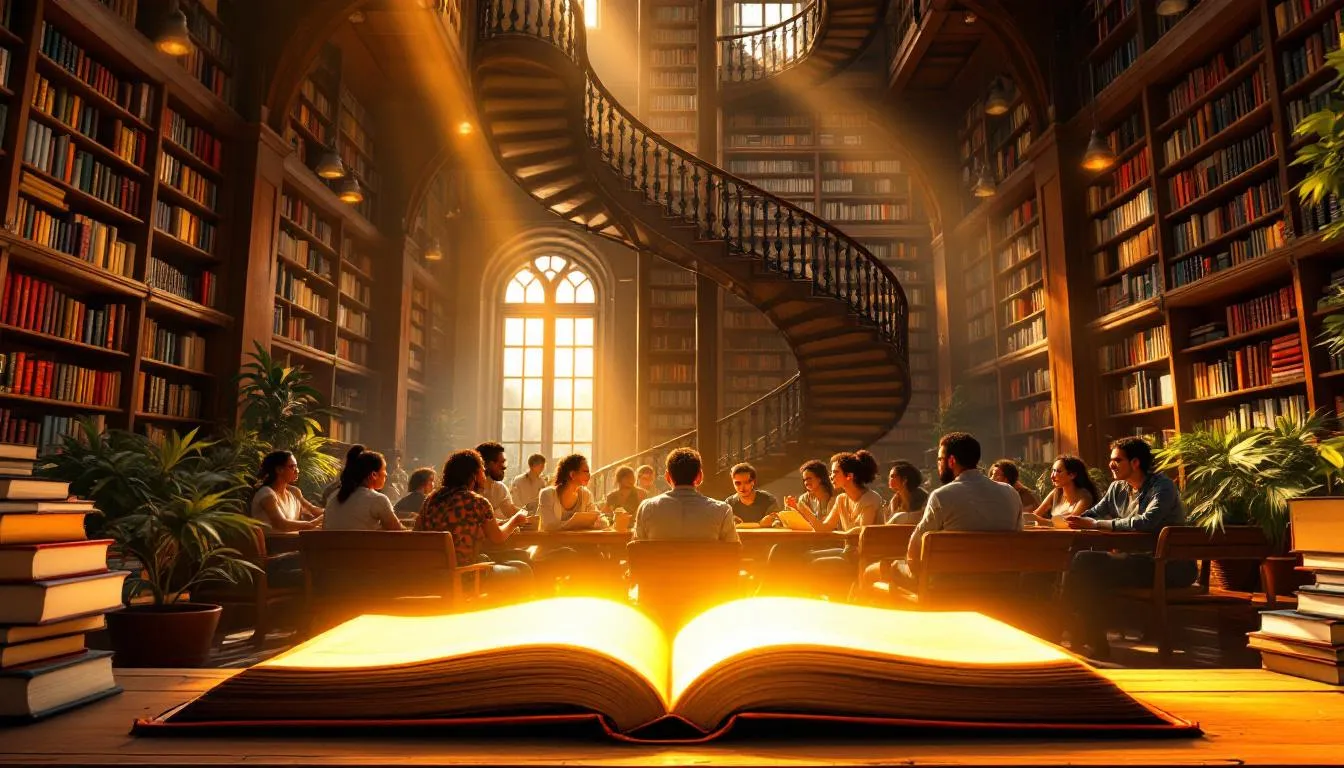Table of Contents
Quick Answer
Children’s books from the past are treasure troves of unique art styles that evoke nostalgia and magic. These intricate and vibrant styles once captivated young imaginations, creating enchanting worlds filled with wonder. Today, these lost art styles are making a comeback, re-emerging in modern books and captivating new generations with their timeless allure. As these styles return, it’s intriguing to explore the artistic approaches that defined children’s literature of yesteryear.
What Are the Unique Art Styles of Past Children’s Books?
Children’s books of the past boasted diverse and enchanting art styles. From bold and dramatic to whimsical and delicate, each style added a unique flavor to the stories they adorned.
Woodcut
One iconic style was the woodcut. This technique involved carving images into wood blocks, inking them, and pressing them onto paper, resulting in bold, often black-and-white images rich in texture and depth. These images were not just illustrations but standalone art pieces.
Watercolor
The watercolor style, known for its ethereal quality, was another favorite. Illustrators like Beatrix Potter brought beloved characters like Peter Rabbit to life with gentle washes of color that seemed to flow across the page. Watercolors offered a softness, making even the most mischievous bunny seem endearing.
Pen and Ink
Pen and ink illustrations, with their intricate lines and detailed shading, were also a staple. Artists like E.H. Shepard, who illustrated the classic Winnie the Pooh series, used this method to create images that were both detailed and dynamic, capturing imaginations far and wide.
These styles resonated because they did more than illustrate a story; they added layers of emotion and meaning. Opening these books was like embarking on a journey, with illustrations having an educational impact by teaching children to observe details and appreciate art. Culturally, they offered a window into different times and places, subtly weaving history into bedtime tales. Each brushstroke and carved line was a bridge to another world, leaving a lasting impression on young minds. However, as time passed, these styles began to fade, making way for new artistic trends.
Why Did These Art Styles Fade Away?
The disappearance of these beautiful art styles from children’s books is akin to watching your favorite childhood candy vanish from store shelves. The answer lies in several key shifts over time.
Technological Advancements
First, the rise of technology played a significant role. With digital art and cost-effective production techniques, publishers found it more economical to move away from traditional methods. The meticulous process of carving woodcuts and creating delicate watercolor washes was replaced by digital art, which allowed faster production, easier revisions, and lower costs. As a result, the allure of the handcrafted was overshadowed by the efficiency of the digital.
Evolving Narratives
Additionally, children’s literature evolved, requiring different visual representations to match changing narratives. As storytelling became more complex and diverse, so did the art styles needed to convey them. Whimsical tales gave way to modern, sometimes abstract, visuals. While new and exciting, they often lacked the warm, fuzzy charm of their predecessors.
Despite these changes, there’s a growing desire to recapture the magic of these lost art styles. Just as vintage fashion makes a comeback, there’s renewed interest in the nostalgic beauty of these artistic traditions. Modern books are beginning to embrace these classic styles once more.
How Are These Styles Being Revived Today?
Today, the revival of classic children’s book art styles is akin to discovering a hidden treasure chest filled with vibrant nostalgia. Modern books are lovingly embracing these vintage techniques, breathing new life into old favorites. One shining example is the reimagining of classic tales, where publishers re-release beloved stories with illustrations inspired by original styles. These books serve as a delightful bridge between generations, allowing parents to share childhood favorites with their children.
Browse your local bookstore, and you might notice a resurgence of illustrations echoing the charm of pen and ink or the delicate hues of watercolor. Artists are blending traditional techniques with modern storytelling, creating visuals that appeal to both young readers and their nostalgic parents. This fusion is a testament to the timelessness of these artistic styles and their ability to transcend time.
The influence of retro trends extends beyond books. Across contemporary media, from movies to fashion, there’s a broader cultural push towards nostalgia, spurring a renaissance that encourages artists to draw inspiration from vintage aesthetics. It’s as if the world has collectively donned rose-tinted glasses, appreciating the beauty and craftsmanship of earlier eras. This wave is more than a fleeting trend; it’s a cultural movement. Embracing these classic styles allows us to explore the reasons behind this resurgence and the forces driving this captivating revival.
Why Is There a Push for Their Resurgence?
The push to revive the lost art styles of children’s books is like cherishing family heirlooms, passing them down from one generation to the next. These artistic styles aren’t just beautiful; they’re educational powerhouses. They offer children a canvas for developing creativity and imagination, often unmatched by digital art.
Imagine a child tracing the lines of a woodcut or gazing at the soft flow of watercolor. These interactions inspire kids to think outside the box, fostering critical thinking and problem-solving skills. It’s like giving them a passport to a world where anything is possible. When my own kids flipped through pages filled with classic illustrations, I noticed their eyes sparkled with curiosity and wonder, sparking conversations about the stories and visuals.
As parents and educators seek these benefits, there’s a growing demand for authentic, unique illustrations. In a world dominated by mass production, there’s something exquisitely personal about a handcrafted drawing. It’s like receiving a handwritten letter in the age of emails—intimate and special.
With such appreciation for the personalized touch, these illustrations offer a connection to the past and a sense of individuality. This desire for uniqueness has fueled a renaissance of handcrafted art, not just in books but across various creative fields. Embracing these styles feels like embracing a piece of history, and that’s incredibly fulfilling.
In nurturing this revival, there are numerous ways to celebrate and support these artistic styles—from choosing books that showcase these techniques to encouraging budding artists to experiment with traditional methods.
How Can You Support the Revival of These Styles?
Supporting the revival of classic children’s book art styles can be as rewarding as becoming an avid reader and collector of books showcasing these beautiful techniques. When I visit a bookstore, I seek out re-released classics or new titles that pay homage to these vintage styles. It’s like embarking on a treasure hunt, and the joy of finding a gem is unparalleled.
Here are some ways to dive into this artistic revival:
Recommendations for Readers and Collectors:
- Explore artists like Maurice Sendak, known for his masterful pen and ink work, or Tasha Tudor, whose watercolors evoke a timeless charm.
- Look for reissues of classic books that retain their original illustrations. Publishers are increasingly bringing back these beloved stories with the art styles that made them iconic.
- Visit libraries and second-hand bookstores. You’ll be amazed at the treasures waiting to be discovered.
Encouraging Publishers and Artists:
- Support by purchasing books that feature these styles. Your purchases signal to publishers there’s a demand for more.
- Attend book fairs and art shows to meet illustrators inspired by traditional techniques. Your enthusiasm can encourage their work.
Supporting Indie Creators and Niche Publishers:
- Explore platforms like Kickstarter, where independent artists often seek funding for projects reviving these art styles.
- Follow and support niche publishers specializing in high-quality, illustrated books. Your interest can help keep unique voices alive.
By embracing these steps, you not only enjoy the art but also become part of a movement cherishing and preserving invaluable traditions. This journey is as much about appreciating the past as it is about nurturing the future of children’s literature.
Key Takeaways
- Classic art styles like woodcut, watercolor, and pen and ink once defined children’s literature, offering depth and emotion to storytelling.
- Technological advances and evolving narratives led to the decline of these art styles, favoring digital methods for efficiency.
- There’s a growing movement to revive these styles, driven by nostalgia and a desire for unique, handcrafted illustrations.
- Support this revival by purchasing books with traditional art, exploring indie creators, and encouraging publishers who showcase these styles.
- Embrace the magic of classic art to inspire creativity and imagination in the next generation.
